24 November 2024
When we think of childhood, images of crayons, finger paints, and messy hands often come to mind. But have you ever wondered why art and creativity play such a significant role in early childhood? While it might seem like just fun and games, the truth is that art and creativity are much more than entertainment for kids—they're critical tools for development. Let’s dive into the world of early childhood art and creativity, exploring why it's so essential for a child’s growth and how it contributes to their overall development.
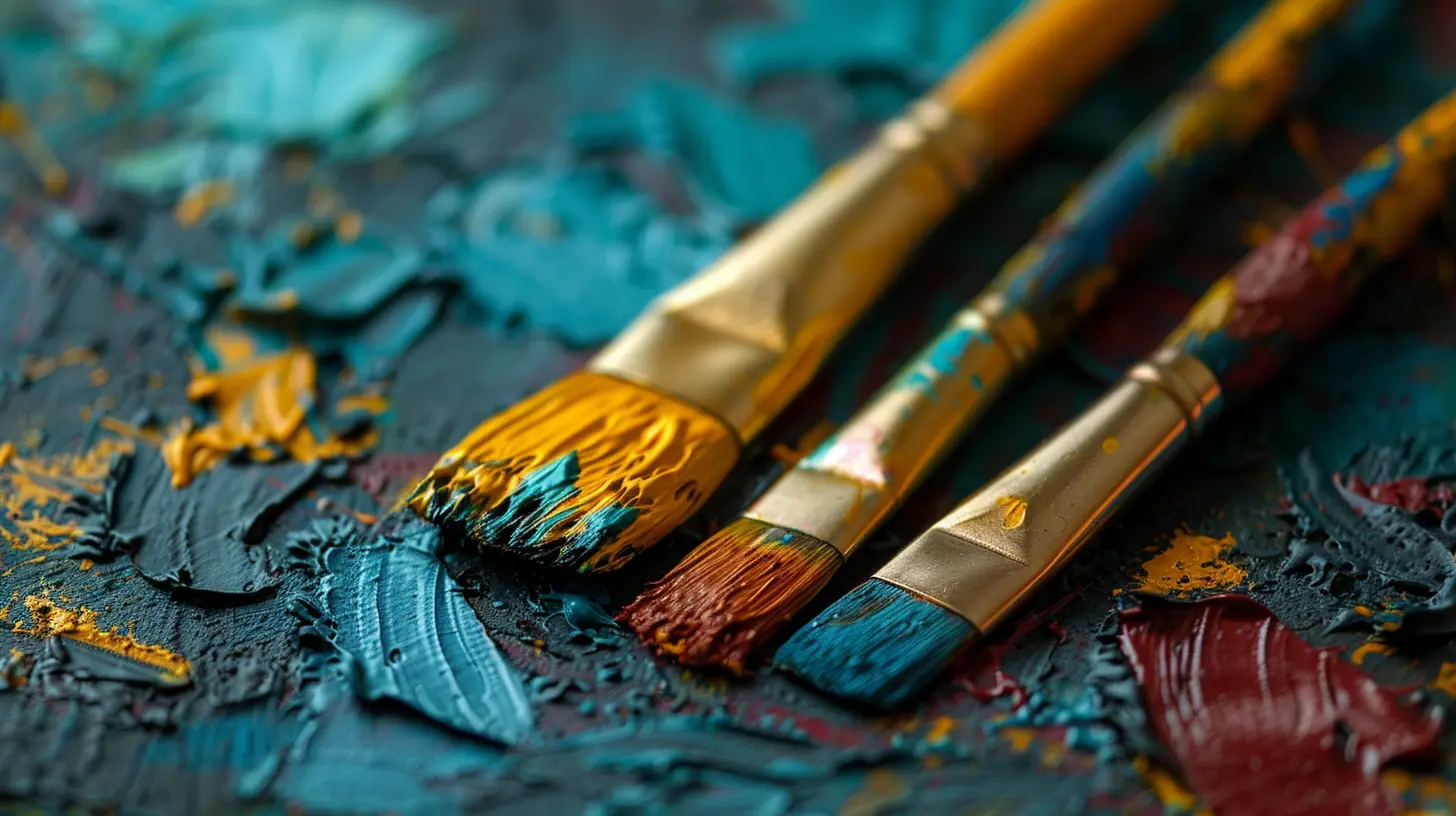
Why Is Art Important in Early Childhood?
1. Art Encourages Cognitive Development
Art isn’t just about painting pretty pictures or making things out of clay—it's also a powerful way for children to engage with the world around them. When a child draws, paints, or sculpts, they’re making decisions, solving problems, and even learning basic math concepts like shapes, sizes, and proportions.Think about it: when a toddler picks up a crayon and starts scribbling, they’re not only expressing themselves but also improving their hand-eye coordination, fine motor skills, and spatial understanding. The process of creating art helps to wire the brain for future learning. In fact, studies show that children who engage in regular art activities tend to have better problem-solving skills and are more likely to think outside the box.
2. Enhances Emotional Expression and Intelligence
One of the most significant benefits of art in early childhood is its ability to help kids express themselves. Young children don’t always have the vocabulary to articulate their feelings, but they can often do so through art.A child might draw a picture of a sunny day when they’re happy or use darker colors when they’re feeling sad or frustrated. Art gives them an outlet to express emotions they might not even fully understand yet. This emotional release is important for developing emotional intelligence.
Moreover, through art, children learn empathy. When they create art, they often do so with someone else in mind—whether it's their parents, teachers, or peers. By trying to capture emotions or tell stories through their artwork, children begin to understand the perspectives and feelings of others.
3. Boosts Self-Esteem and Confidence
Have you ever seen the look of pride on a child’s face after they’ve completed a drawing or craft project? That sense of accomplishment is priceless. Art can be a huge confidence booster for young children. They realize that they can create something from nothing, and that feeling of “I made this!” can do wonders for their self-esteem.Creative activities allow children to explore their own ideas and make decisions independently. This autonomy promotes self-confidence, as they realize that their choices matter and that they have the power to create something unique. It's this sense of achievement that can transfer into other areas of their lives, helping them feel more confident in school, social situations, and even later in life.
4. Encourages Social Interaction and Cooperation
Art doesn’t always happen in isolation. In classrooms or playdates, children often work together on art projects. Whether they’re painting a mural, building a sculpture, or putting together a collage, these activities require collaboration and communication.Through cooperative art activities, children learn to share, negotiate, and work as a team. They begin to understand the importance of listening to others' ideas and respecting different perspectives. These skills are crucial for their future interactions, both in school and in life.
5. Fosters Imagination and Creativity
At its core, art is about creativity. And in early childhood, creativity is limitless. From painting rainbows with unconventional colors to building fantastic creatures out of modeling clay, kids can use their imagination to explore new possibilities.Imaginative play and creative expression in art help children develop critical thinking skills. They learn how to think abstractly, make connections, and envision things that don’t yet exist. This ability to think creatively is not only vital for artistic endeavors but also for problem-solving and innovation in all areas of life.
After all, isn’t creativity what drives the world forward? Many of the great inventors, scientists, and leaders were once children who loved to draw, paint, and create.
6. Develops Fine Motor Skills
When children engage in art activities like drawing, cutting, gluing, or painting, they are honing their fine motor skills. These are the same skills they will need for writing, typing, and other tasks that require hand-eye coordination.For example, when a child grips a paintbrush or carefully cuts shapes with scissors, they are developing the small muscles in their hands and fingers. These fine motor skills are crucial for later academic success, particularly when it comes to tasks like handwriting.
So, while it may seem like a simple art project, the act of creating can significantly contribute to a child's physical development.
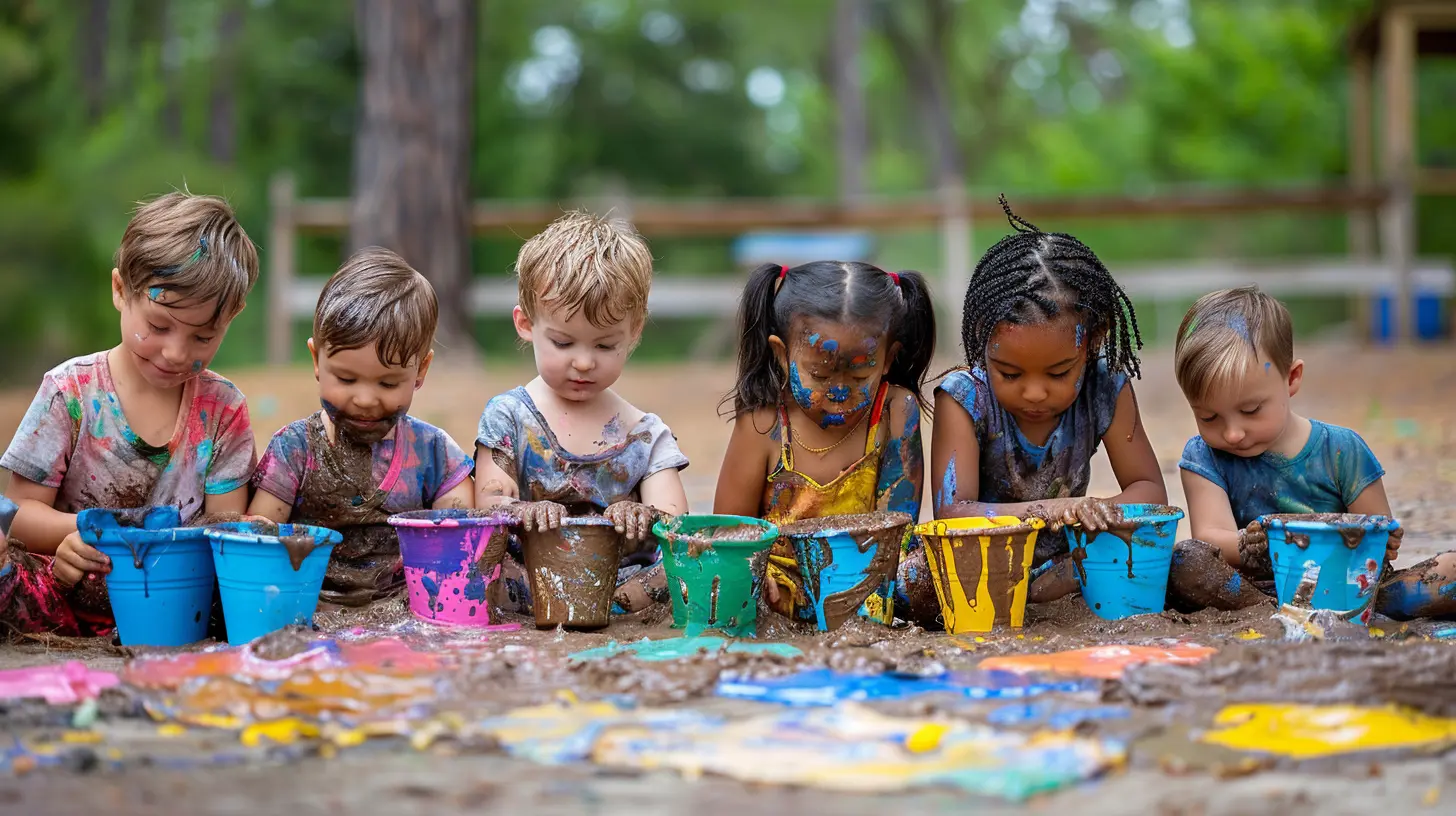
How to Encourage Art and Creativity in Young Children
Now that we’ve covered why art is so important, let’s talk about how you can encourage creative expression in young children. Whether you’re a parent, teacher, or caregiver, fostering a love for art can be simpler than you think.1. Create a "Yes" Space for Art
One of the easiest ways to encourage creativity is to provide children with the space and tools they need to create. Set up an “art corner” in your home or classroom where kids can freely access supplies like crayons, markers, paper, paint, and clay.The key here is to create a “yes” environment—somewhere the child feels free to experiment without fear of making a mess or getting in trouble. When kids know they have a space where they can express themselves without judgment, they’re more likely to dive into creative activities.
2. Focus on the Process, Not the Product
When it comes to art, the process is far more important than the finished product, especially in early childhood. Don’t worry if your child draws a purple elephant or paints the sky green. What matters most is that they’re exploring their imagination and expressing their ideas.Instead of asking, “What is that?” when they show you their creation, ask open-ended questions like, “Tell me about your drawing!” This encourages them to think critically about their work and shows that you value their creative efforts.
3. Provide a Variety of Materials
Variety is the spice of life—and creativity! Offer children a range of materials to work with. From traditional art supplies like paint and crayons to more unconventional items like recycled materials, leaves, or even pasta, giving them different textures and tools to work with can inspire new ideas and creativity.You don't need to break the bank, either. Homemade playdough, cardboard boxes, and natural items from a backyard scavenger hunt can be just as inspiring as store-bought art supplies.
4. Allow for Free Play
Sometimes the best art comes from unstructured play. While structured art activities can be fun, it’s also important to allow children time to create without any specific instructions or goals. This freedom allows them to explore their own ideas, make mistakes, and discover new ways of doing things.Free play is where true creativity often shines. Whether they’re building a castle out of blocks or making up their own dance routine, giving kids the freedom to explore and experiment is key to fostering creativity.
5. Celebrate Their Art
Lastly, make a big deal out of their creations! Whether they’ve painted a masterpiece or glued together a collage of random objects, celebrate their efforts. Display their artwork on the refrigerator, frame it, or even create a special gallery wall in your home or classroom. When children feel that their creativity is valued, they’re more likely to continue exploring and growing as artists.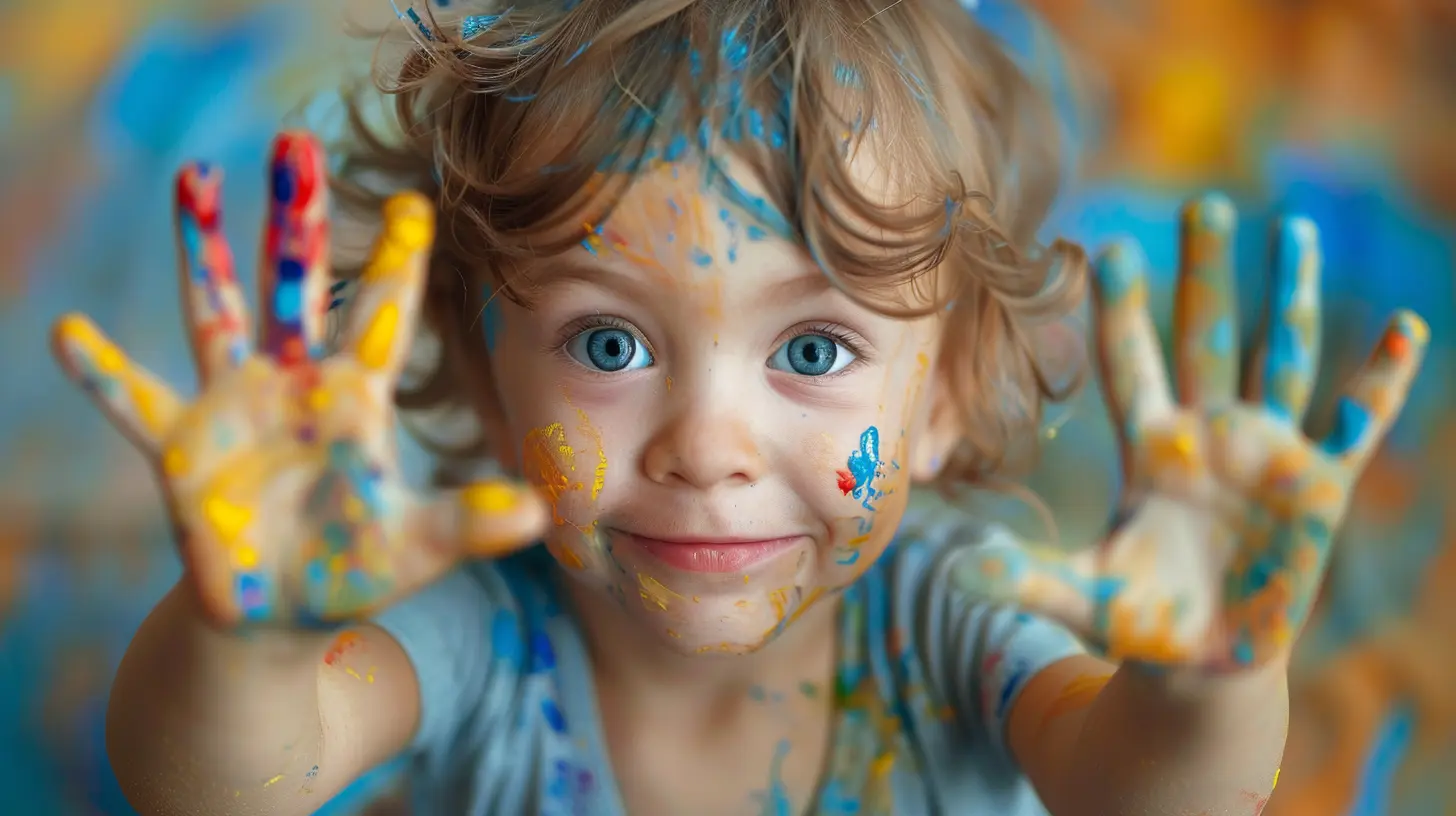
The Long-Term Benefits of Art and Creativity
The benefits of engaging in art and creativity during early childhood extend far beyond those messy, fun-filled years. Children who are encouraged to be creative often grow up to be more innovative, confident, and empathetic adults.They learn to think critically, approach problems with an open mind, and communicate their ideas effectively. These are skills that will serve them well in any career path they choose—whether they become artists, engineers, teachers, or entrepreneurs.
Art in early childhood is not just about having fun; it's a fundamental building block for future success. So, the next time your child asks to break out the paints or crayons, remember that they're not just having fun—they're building skills that will last a lifetime.
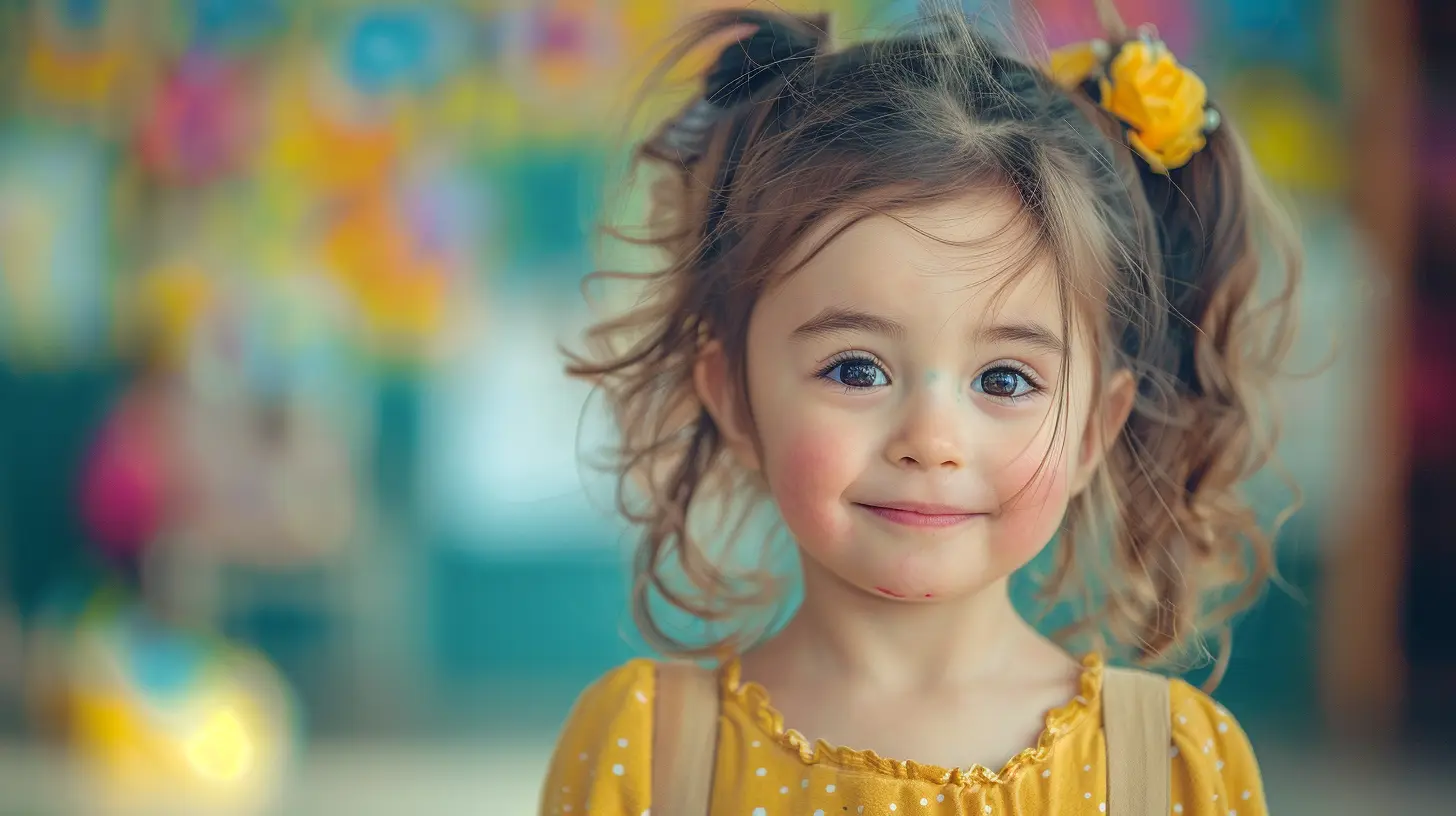









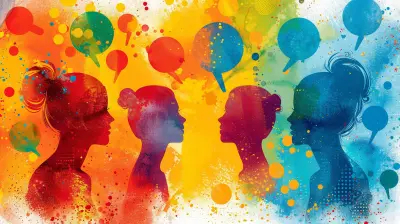

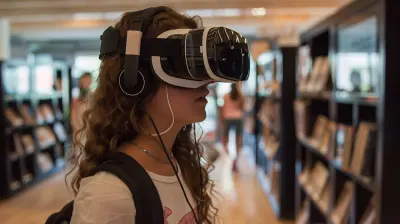
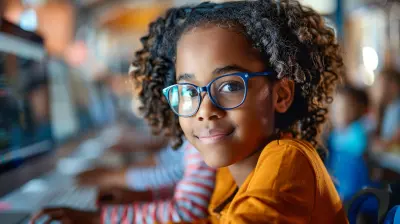
Liora Mendoza
How does art shape development?
February 11, 2025 at 5:18 AM